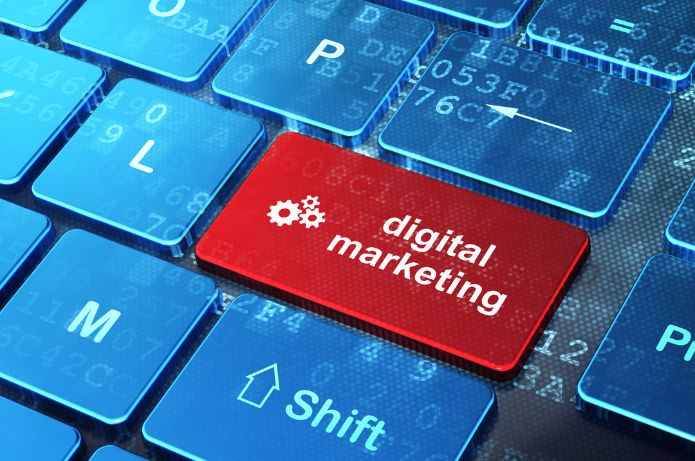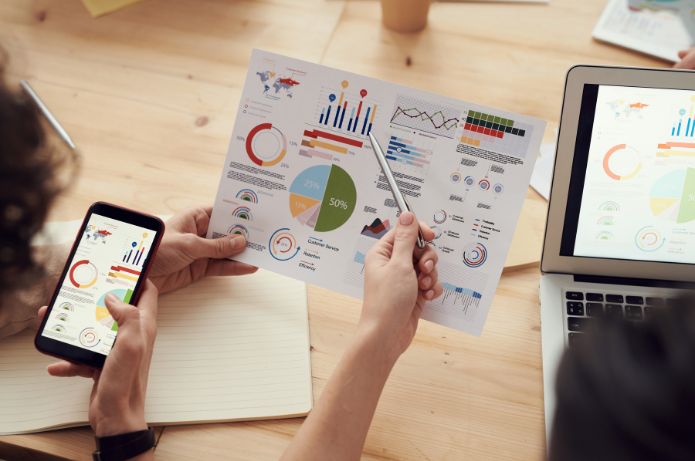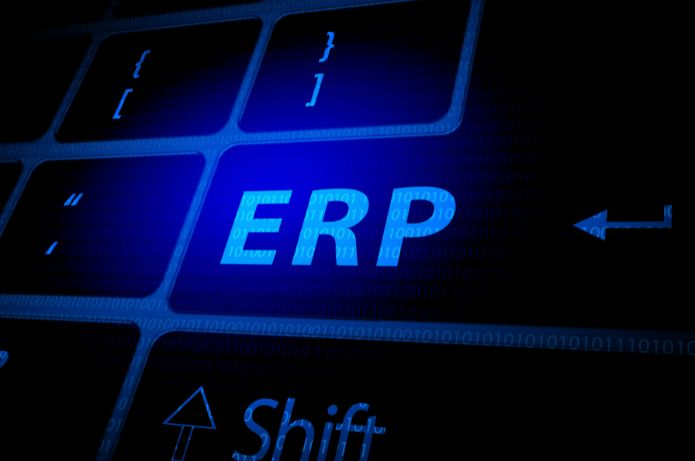引言:
销售漏斗,亦称转化漏斗或销售管道,是市场营销与销售领域的一个基本概念。它直观地展示了潜在客户从初次接触某企业或产品到完成购买所经历的整个过程。该模型有助于组织理解和优化客户旅程,识别流程各环节中的改进点和转化机会。.
1. 定义与概念:
销售漏斗是对潜在客户从认知某项产品或服务到实现购买所经历路径的隐喻性表征。采用漏斗形态是因为在购买流程推进过程中,客户数量通常呈逐级递减趋势。.
2. 销售漏斗基本结构:
2.1. 漏斗顶部(ToFu):
– 认知阶段:此阶段目标是吸引最大量潜在客户的关注.
– 策略:内容营销、广告投放、社交媒体运营、搜索引擎优化.
2.2. 漏斗中部(MoFu):
– 考量阶段:潜在客户开始评估市场上的可选方案.
– 策略:邮件营销、在线研讨会、案例研究、产品演示.
2.3. 漏斗底部(BoFu):
– 决策阶段:潜在客户已准备做出最终选择.
– 策略:个性化报价、免费试用、一对一咨询.
3. 销售漏斗的重要性:
3.1. 流程可视化:帮助清晰认知客户旅程的每个阶段.
3.2. 瓶颈识别:准确定位潜在客户流失环节.
3.3. 资源优化:促进营销与销售资源的高效配置.
3.4. 销售预测:基于潜在客户流预测未来收益.
4. 关键指标:
4.1. 转化率:各阶段间潜在客户的进阶比例.
4.2. 销售周期:从初次接触至成交的平均时长.
4.3. 潜在客户成本:获取每个潜在客户所需的投入.
4.4. 平均交易价值:每个成交客户产生的平均收益.
5. 概念演进:
5.1. 传统与现代销售漏斗对比:
– 传统模式:线性单向流程.
– 现代模式:非线性流程,涵盖多触点交互.
5.2. 全渠道销售漏斗:
整合不同沟通与销售渠道,提供无缝客户体验.
6. 漏斗优化策略:
6.1. 受众细分:针对不同客户画像定制触达方式.
6.2. 潜在客户培育:通过持续相关内容输出建立关系.
6.3. 营销自动化:运用工具实现交互与跟进自动化.
6.4. 数据分析:基于数据洞察优化策略.
7. 常见挑战:
7.1. 营销销售协同:确保跨团队无缝协作.
7.2. 潜在客户资质鉴定:精准识别高转化潜力客户.
7.3. 规模化个性化:为大量潜在客户提供定制体验.
7.4. 消费者行为适应:根据市场趋势持续更新漏斗模型.
8. 数字化背景下的销售漏斗:
8.1. 集客营销:通过有价值内容自然吸引客户.
8.2. 重定向营销:与曾表达兴趣的潜在客户重建连接.
8.3. 社交销售:利用社交媒体构建关系并促成交易.
9. 工具与技术:
9.1. 客户关系管理系统:管理客户交互的专业平台.
9.2. 营销自动化平台:实现活动与培育自动化的工具.
9.3. 分析系统:提供数据洞察的分析解决方案.
10. 未来趋势:
10.1. 人工智能与机器学习:运用AI预测行为并个性化交互.
10.2. 增强与虚拟现实:通过沉浸式体验增强客户参与.
10.3. 超个性化:基于详细客户数据提供高度定制体验.
નિષ્કર્ષ:
销售漏斗是寻求理解和优化客户转化流程的企业不可或缺的工具。通过映射客户旅程并识别各阶段改进机会,组织能够显著提升转化率并优化整体客户体验。.
11. 销售漏斗实践实施:
11.1. 现有流程映射:
– 梳理销售流程现有环节.
– 分析各阶段客户接触点.
11.2. 目标设定:
– 为漏斗各阶段设立明确目标.
– 制定相关关键绩效指标.
11.3. 专项内容创建:
– 开发适合漏斗各阶段的营销物料.
– 确保内容与各阶段客户需求及疑虑相匹配.
11.4. 跟踪系统实施:
– Use CRM tools to track lead progress.
– Set up alert systems for leads requiring attention.
12. The Role of Consumer Psychology in the Sales Funnel:
12.1. Emotional Triggers:
– Use elements that appeal to consumer emotions at different stages.
– Understand the underlying motivations behind purchase decisions.
12.2. Scarcity Principle:
– Apply tactics that create a sense of urgency and exclusivity.
12.3. Social Proof:
– Incorporate testimonials, reviews, and case studies throughout the funnel.
13. Sales Funnel for Different Business Models:
13.1. E-commerce:
– Focus on cart abandonment tactics and re-engagement.
– Use remarketing to recapture visitors.
13.2. B2B (Business-to-Business):
– Longer and more complex sales cycles.
– Emphasis on relationship building and demonstrating long-term value.
13.3. SaaS (Software as a Service):
– Use of free trials and demos as a crucial part of the funnel.
– Focus on efficient onboarding and customer retention.
14. Integrating the Sales Funnel with Post-Sales:
14.1. Customer Success:
– Ensure customer satisfaction after purchase.
– Identify upsell and cross-sell opportunities.
14.2. Loyalty Programs:
– Implement strategies to keep customers engaged and loyal.
14.3. Feedback Loop:
– Use post-sale insights to improve previous funnel stages.
15. Advanced Metrics and Data Analysis:
15.1. Lifetime Value (LTV):
– Calculate the total value a customer generates throughout their relationship with the company.
15.2. Churn Rate:
– Monitor the customer attrition rate and identify patterns.
15.3. Cohort Analysis:
– Group customers based on common characteristics for more accurate analysis.
16. Ethical and Privacy Challenges:
16.1. Regulatory Compliance:
– Adapt strategies to comply with laws such as GDPR, CCPA, LGPD.
16.2. Transparency:
– Be clear about how customer data is collected and used.
16.3. Opt-in and Opt-out:
– Provide customers with control over their information and communication preferences.
Final Conclusion:
The Sales Funnel is much more than a simple visual representation of the sales process. It is a strategic tool that, when properly implemented and optimized, can significantly transform a company's results. By deeply understanding each stage of the funnel, organizations can create personalized and relevant experiences for their potential customers, increasing conversion chances and building lasting relationships.
As consumer behavior evolves and new technologies emerge, the concept of the Sales Funnel will continue to adapt. Companies that remain agile, customer-focused, and willing to innovate in their sales and marketing approaches will be better positioned to achieve success in today's competitive market.
Ultimately, the Sales Funnel is not just about converting leads into customers, but about creating a cohesive, informative, and satisfactory customer journey that benefits both the company and the consumer. By implementing the strategies, tools, and insights discussed in this article, organizations can create an effective sales funnel that not only generates results but also builds a solid foundation for sustainable growth and long-term success.











